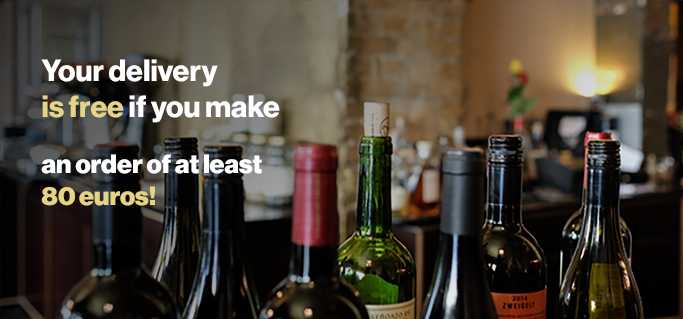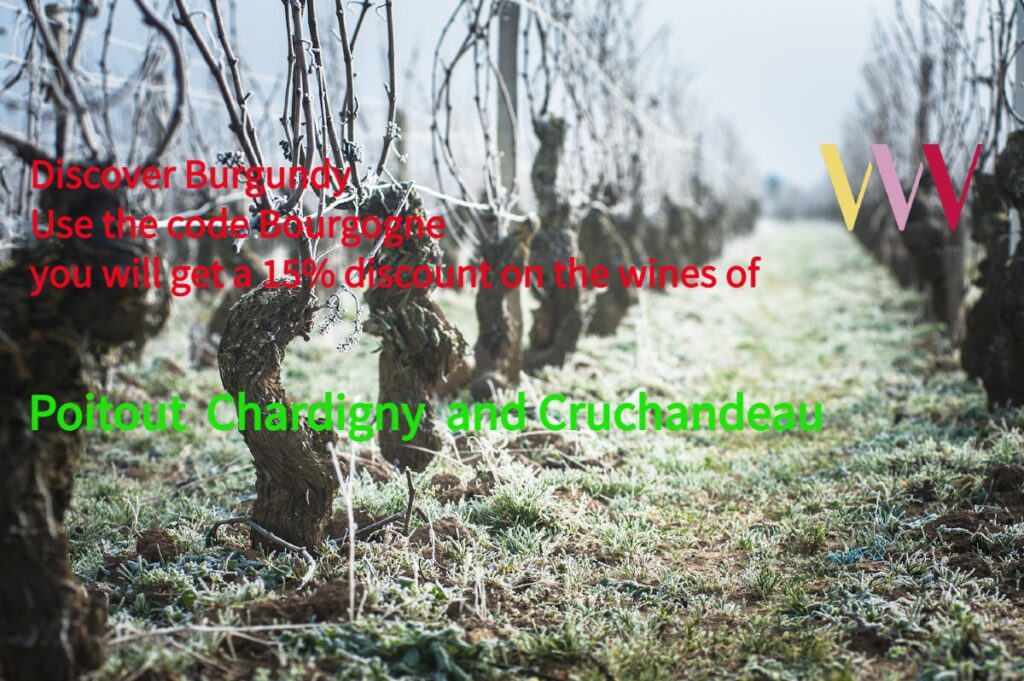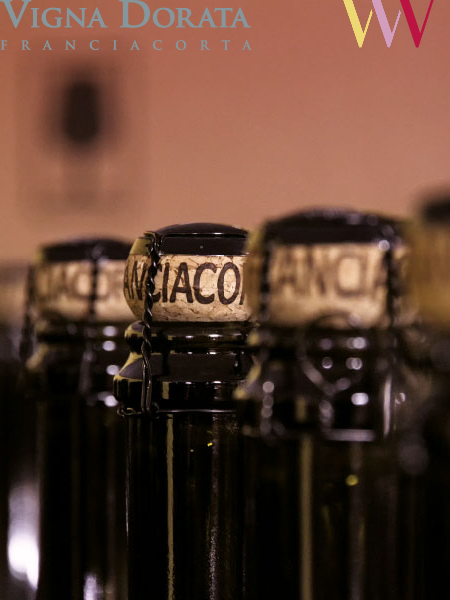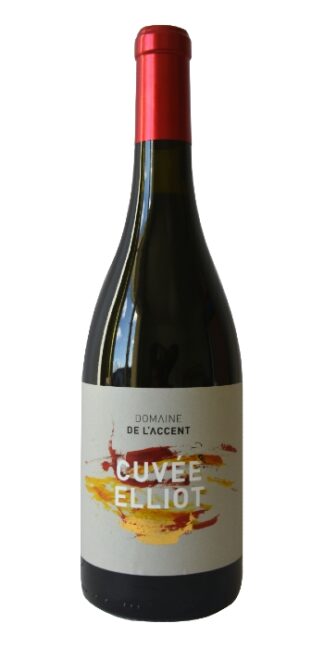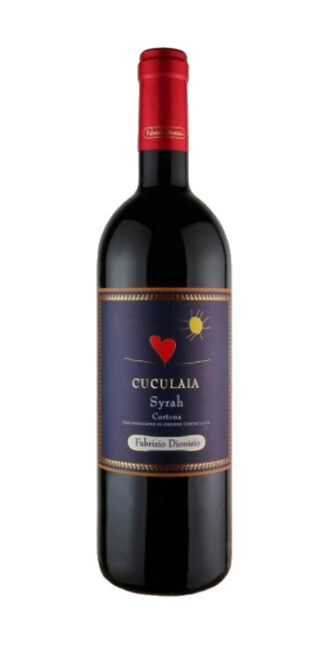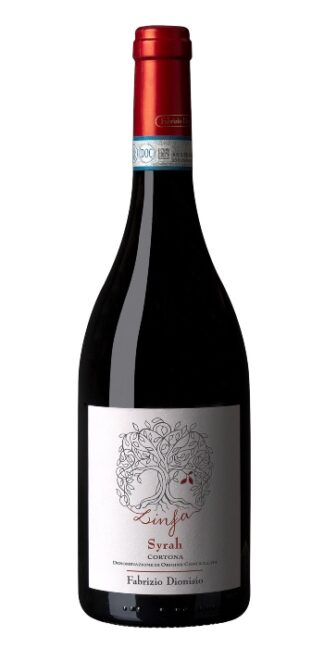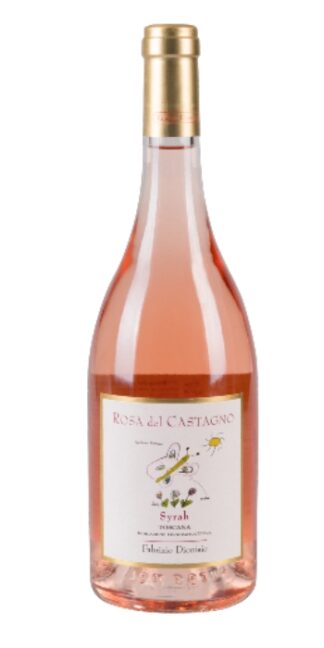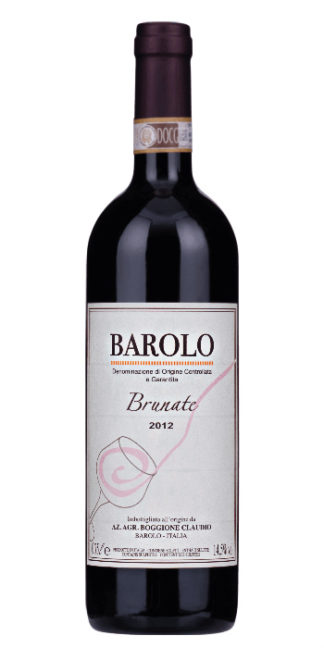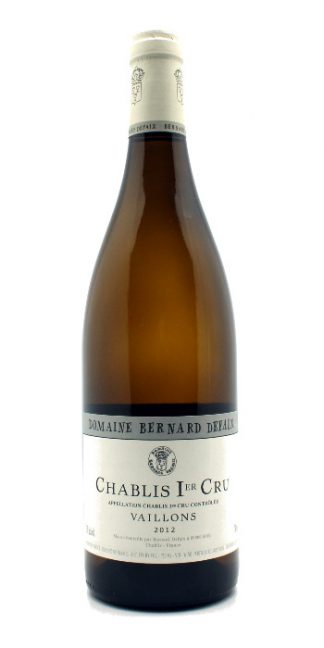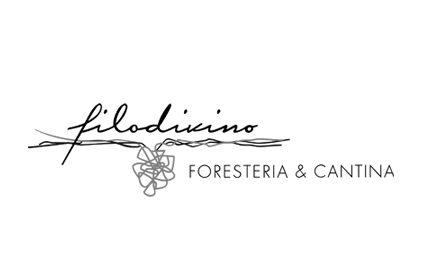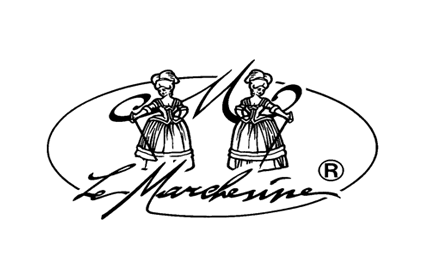Gattinara: another surprising nebbiolo interpretation.
In our last article we talked about the Top ten wines under 50 euros: well, Gattinara can definitely be one of these.
Gattinara is an ancient name, d.o.c. in 1967, it becames d.o.c.g between 1990 and 1991, it is set near Vercelli esclusively in Gattinara town. However, despite the depth in time, it is an almost unknown name to most of wine lovers. The reasons are different, as it often happens, what surprises me the most, concerning italian wine, is how we seem not capable to promote our treasures.
The fields in which Travaglini vineyards took roots have the same composition as Monte Rosa: in fact they are light with a large amount of skeleton, granite, porphyry and many iron minerals which contribute to charachterize the red sole and a lack of limestone.
Here Nebbiolo, raised by Travaglini company since the Fifties, shows a different perspective from which you can observe it. In this vision of the world the underground composition is what really matters. That’s Nebbiolo because even if the naming allows to use Vespolina grapes too (for a maximun percentage of 4%) and/or Uva Rara (for a total amount of 10%), Gattinara di Travaglini are composed by Nebbiolo (locally called Spanna) for the 100%…. Continue reading Sons of a minor God

